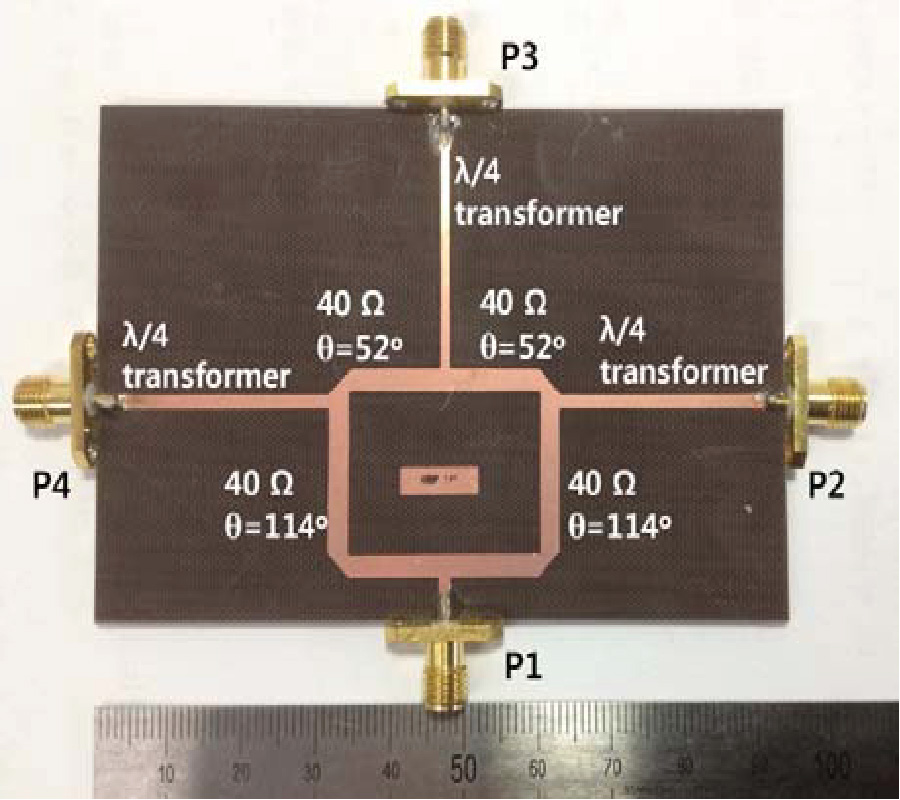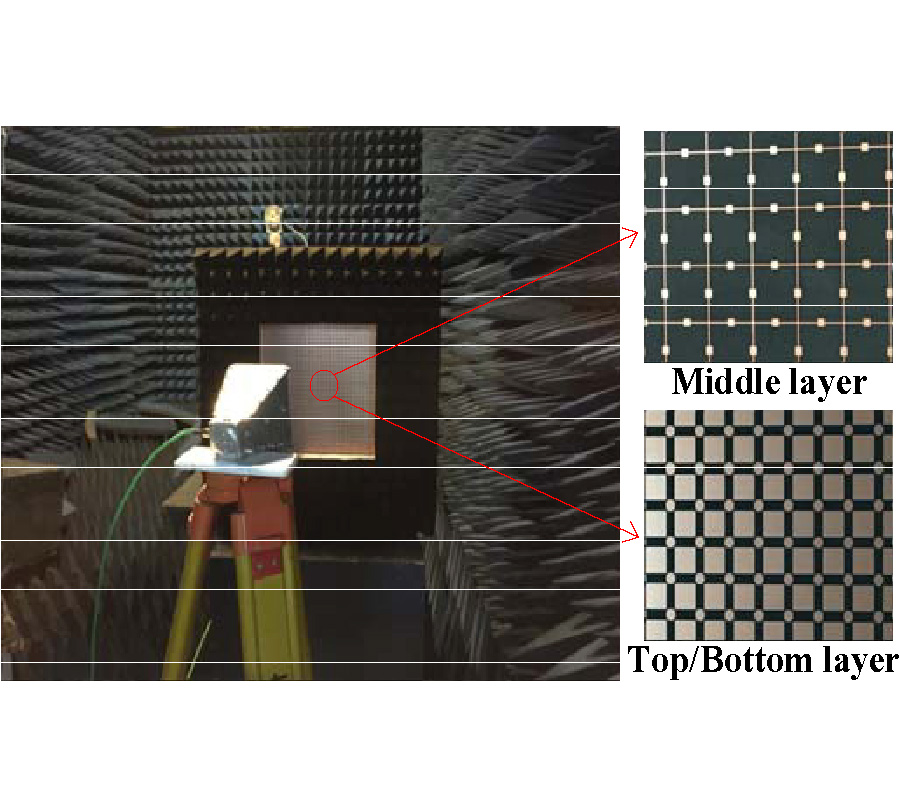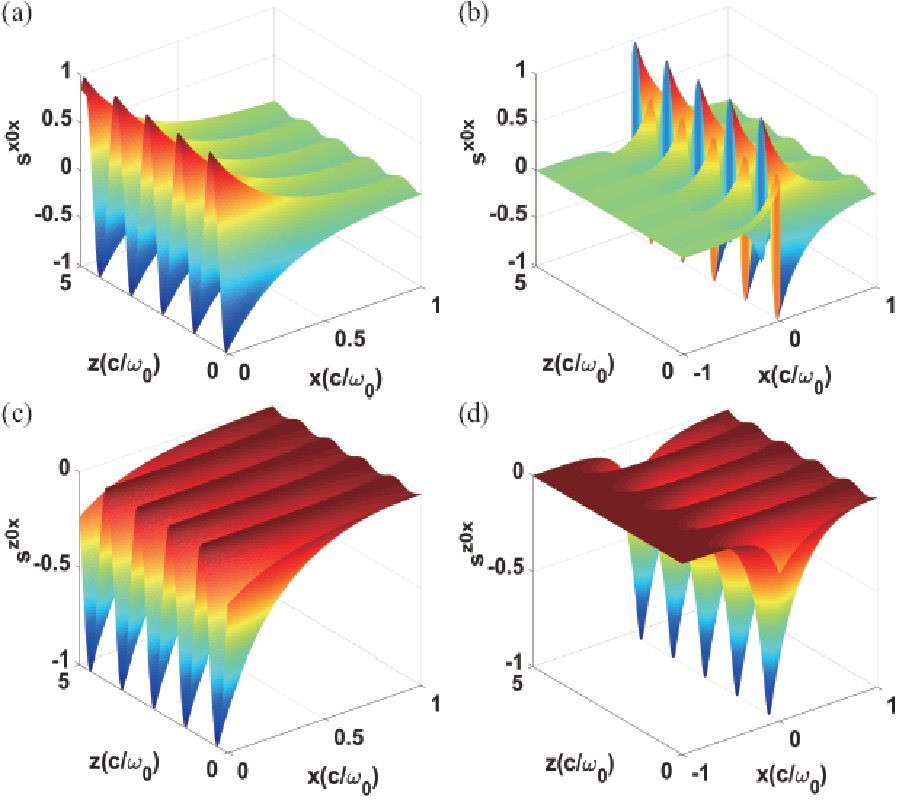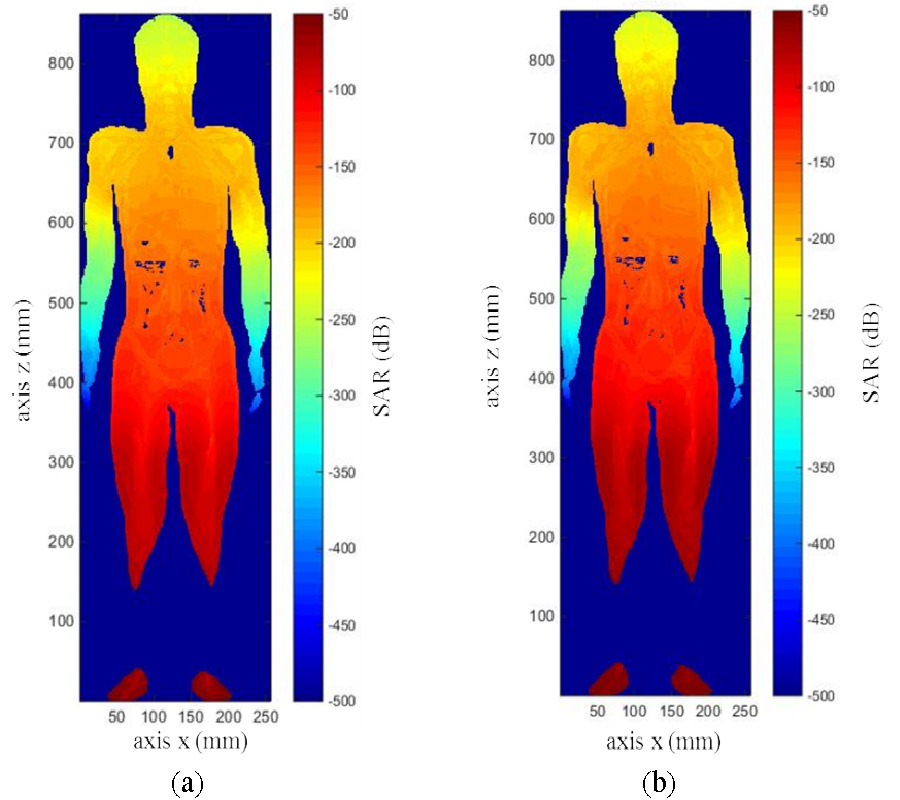A Compact MIMO/Diversity Antenna with WLAN Band-Notch Characteristics for Portable UWB Applications
Shrivishal Tripathi,
Akhilesh Mohan and
Sandeep Kumar Yadav
In this paper, a compact multiple-input-multiple-output (MIMO)/diversity antenna with WLAN band notch characteristics, high isolation, and good ECC suitable for portable ultra-wideband (UWB) applications is presented. The proposed antenna has optimized dimensions of 29 mm × 38 mm. The antenna consists of two orthogonal circular monopoles with a 50 Ω microstrip feed line. In addition, to enhance the impedance bandwidth, a fractal slot, created using Minkowski fractal geometry, is introduced into the ground plane, which is located on the other side of the substrate, just below the feed line. Good isolation (≥ 21.5 dB) with a fractional bandwidth up to 220% is achieved between antenna elements by introducing two ground stubs and a rectangular slot in the ground plane. A band-notch characteristic in the WLAN band is obtained by etching an elliptical split-ring resonator (ESRR) in the radiator. Moreover, a diversity performance of the antenna in terms of ECC (<0.01) and capacity loss (<0.3 b/s/Hz) is performed. This paper offers, for the first time, a combined effect of fractal geometry and ESRR geometry in an antenna design. Finally, a comparison of the proposed antenna is performed with the UWB MIMO/diversity antennas existing in the literature. These results show the suitability of the presented antenna for portable UWB systems.



















